30 Wedding Reception Layout Ideas
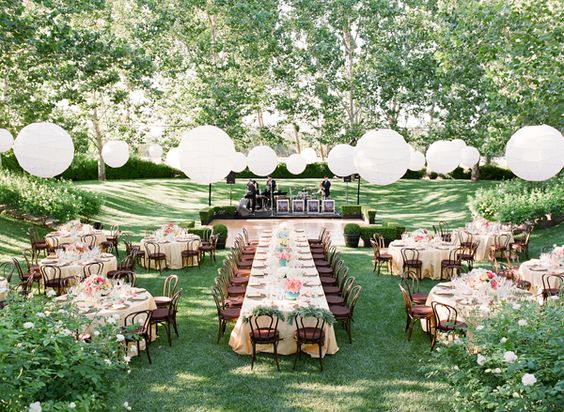
It’s important to create a floor plan for your wedding reception to ensure the smooth flow of the event, no matter where it’s held. The placement of the dance floor, tables, stage, and bar(s) will all have an impact on the evening, so it’s crucial to carefully plan and organize the space to make the most of the venue. A strategic layout is essential for the success of the event, and it’s important to consider factors like guest comfort, service, and creating an intimate atmosphere that doesn’t feel like a banquet hall.
When planning your wedding reception layout, it’s important to take multiple factors into consideration and create a strategy that optimizes the event space and encourages guests to interact and participate in the festivities. Factors like movement, visibility, and accessibility should be prioritized, and the layout and seating arrangement should allow guests to move freely and have a good view of the major events. Even with a large number of guests, it’s important to create an intimate atmosphere rather than a dining hall feel. Don’t forget to consider any additional needs of your guests, such as accessibility, and address them in the floor plan.
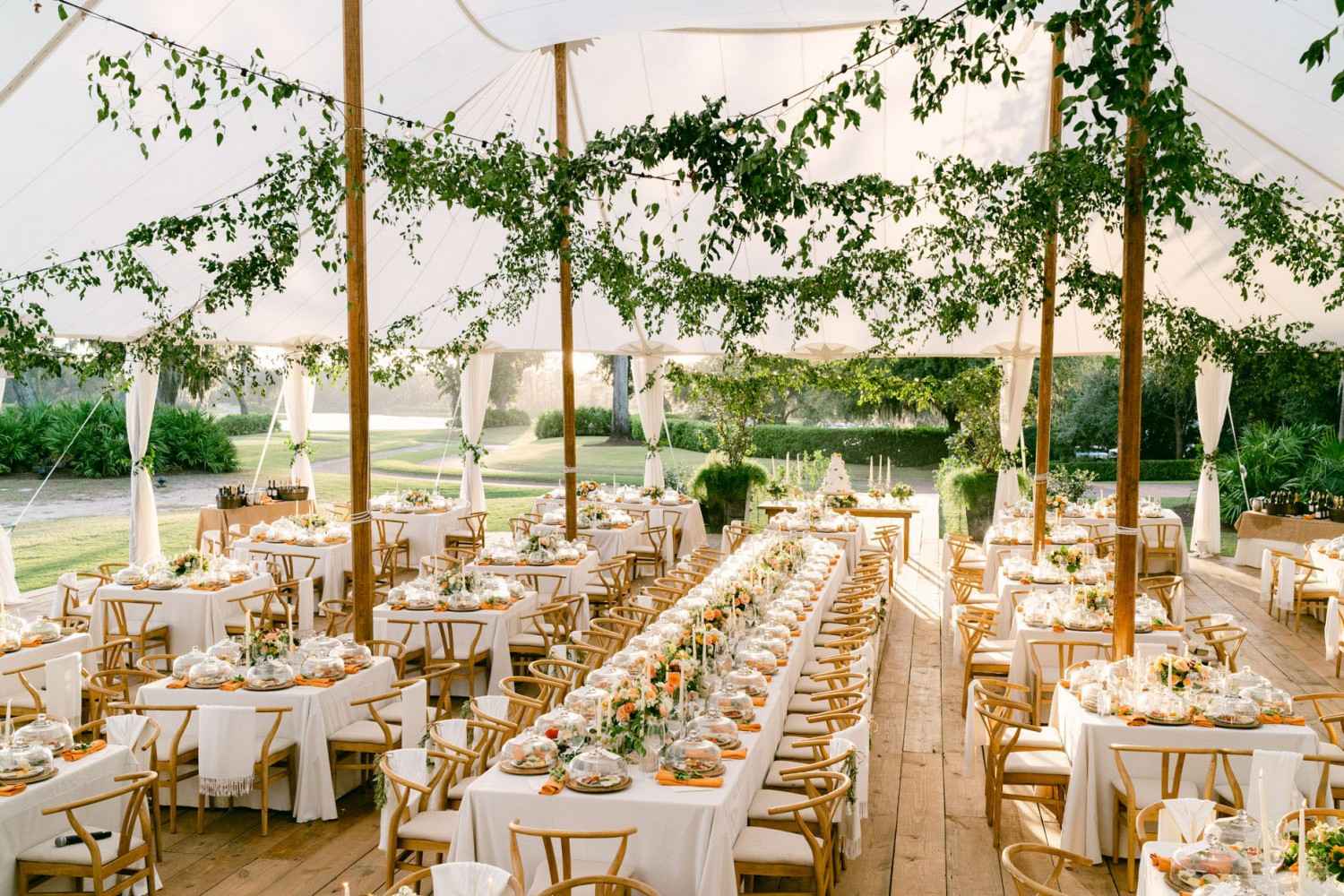
The task of planning a wedding reception layout can seem overwhelming, but we’ve done the research and found some tips to get you started with the help of expert guidance.
Wedding Reception Layout Ideas
Here are some ideas for your wedding ceremony layout:
- Traditional aisle layout: This is the most common layout, with rows of seating on either side of an aisle leading up to the altar or ceremony area.
- Semi-circle layout: In this layout, the seating is arranged in a semi-circle around the altar or ceremony area, creating a more intimate atmosphere.
- Theater-style layout: This layout features rows of seating facing the altar or ceremony area, similar to a theater setup.
- Square or rectangular layout: In this layout, the seating is arranged in a square or rectangle around the altar or ceremony area, creating a more modern and non-traditional feel.
- Outdoor layout: For an outdoor ceremony, you could set up an aisle or alter area on a lawn or in a garden, with seating arranged in rows or a semi-circle around it.
Remember to consider the size of your venue and guest list, as well as your personal style and preferences, when deciding on a layout.
How to Plan Your Reception Layout
To plan your reception layout, you will need to consider the following steps:
- Determine the size of your guest list and the size of the venue. This will help you decide on the layout and determine how much space you have to work with.
- Consider the flow of the event. How do you want guests to move throughout the space? You’ll want to think about the placement of the dance floor, tables, stage, and bar(s).
- Take into account the needs of your guests. Make sure there is enough space between tables for comfort and service, and consider any additional needs, such as accessibility.
- Create an intimate atmosphere. Even if you have a large number of guests, you’ll want to avoid a banquet hall feel.
- Seek expert guidance. You may want to consult with a wedding planner or event designer to help you plan the layout and make the most of the space.
Remember, the layout of your reception can have a major impact on the flow and success of the event, so it’s important to carefully plan and consider all the factors that will affect the evening.
Reception Layout Tips
When planning your reception layout, it’s important to ensure that guests have enough space to move freely and that there is unobstructed traffic flow to essential areas like bathrooms, exits, bars, the dance floor, and any buffet stations. Good visibility of main attractions like the newlywed and bridal party entrances, the first dance, and toasts is also essential. To achieve this, you may need to consider elevated seating. Don’t forget to include a kids’ table if necessary. Additionally, be mindful of your decor choices and aim for continuity to create a harmonious design. Avoid overcrowding the space with too much going on, as it can be overwhelming for guests and distract from your design.
FAQS
What type of table layout is usually used for wedding reception?
Round tables typically come in standard sizes of 36″, 48″, 60″, and 72″, which can seat 2-4 people, 4-6 people, 8 people, and 10 people respectively. Make sure to leave enough space between tables for comfort and service.
What is the most important part of a wedding reception?
When planning a memorable wedding, there are many things to consider, such as the reception hall, your dress, the music, and photography. However, one important factor that often gets overlooked is the food. In fact, the food can be the most crucial element in determining the success of a wedding reception.
Where do parents sit at wedding reception?
According to our wedding etiquette expert, traditionally the parents, siblings not in the wedding party, the officiant and their spouse (if they attend the reception), and any grandparents would all be seated at the same reception table.
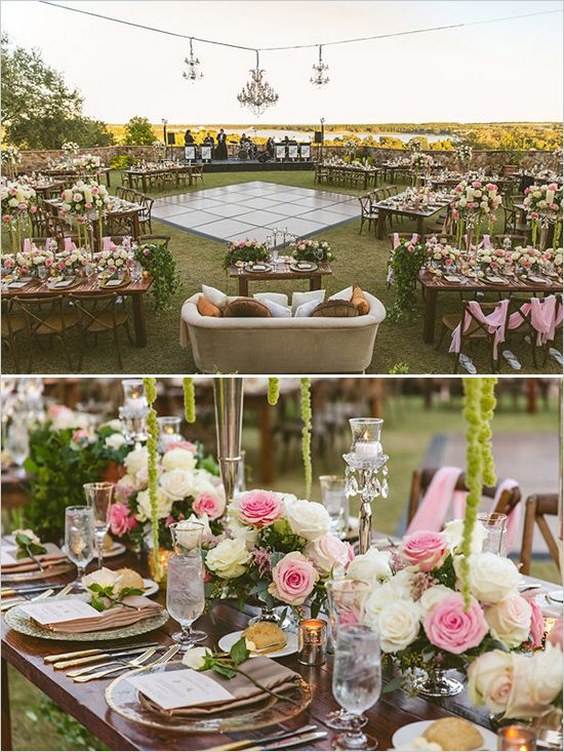
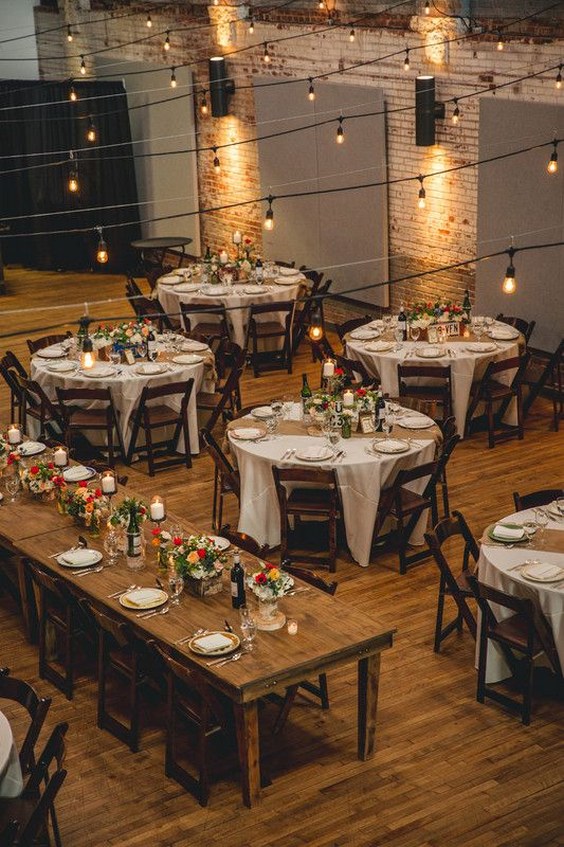
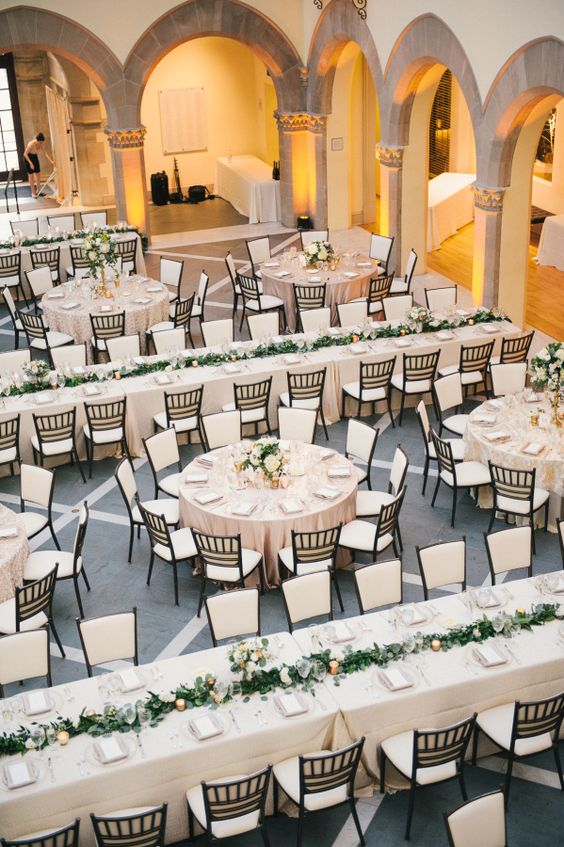
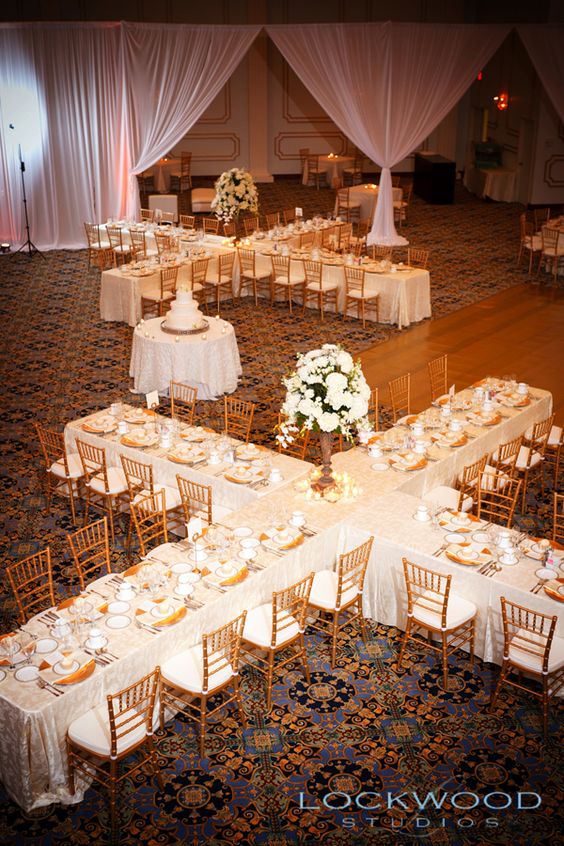
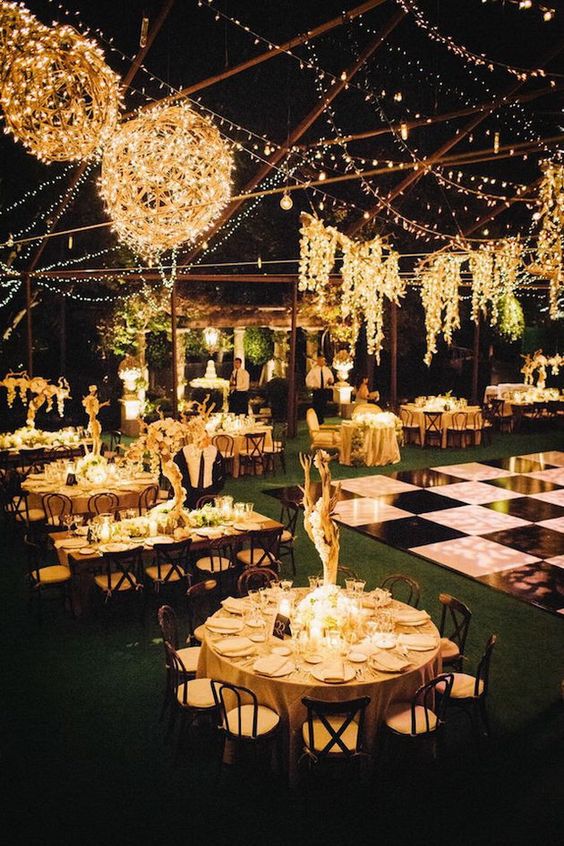
Comments are closed.